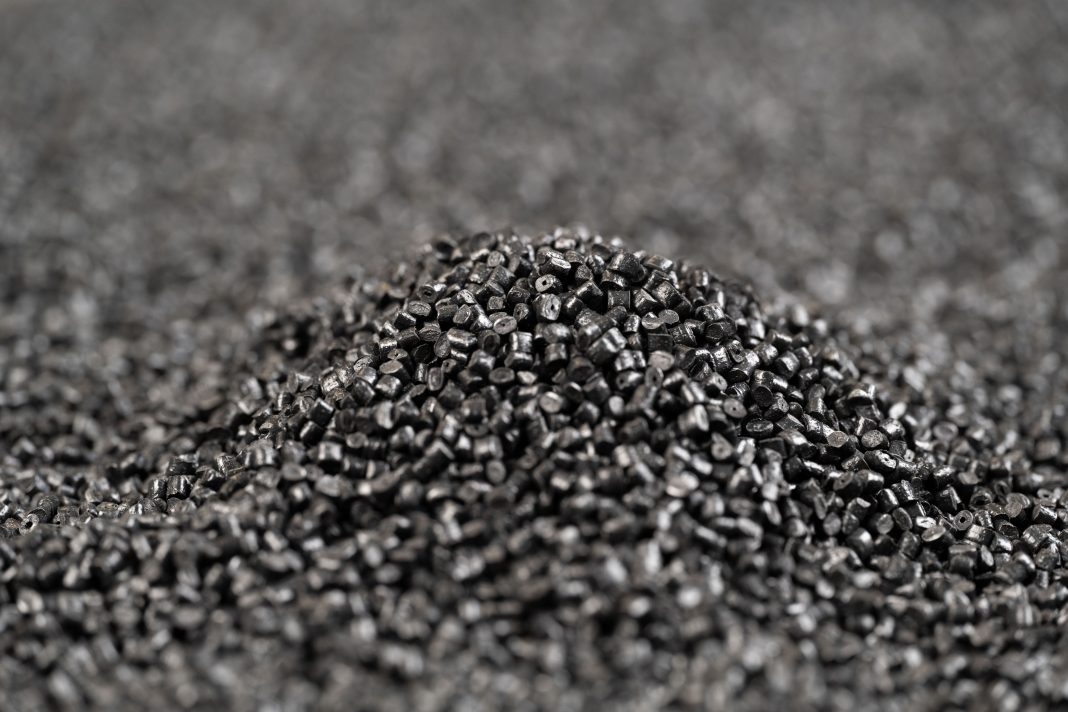Katarzyna Pokwicka-Croucher, Founder and CEO of Ecopolplast, tells us about the company’s mission to innovate polymers through their eco-friendly Ecoplastomer® product, made with 100% recycled content that reduces CO2 emissions and ensures complete independence from virgin raw materials
Global production of polyolefins has increased by over 1000% since the 1950s. The amount of municipal waste based on these polymers each year is 2.1 billion tonnes. This is the amount of only one selected group of materials. Considering other types of polymers such as PET, PS, PA, PC, or cross-linked materials, i.e., XLPE and rubber, this amount will be several dozen times higher. This problem, along with environmental regulations, has increased consumer awareness and producers’ responsibility for plastic recycling.
Certain laws and regulations (the European Union’s REACH (EC) No. 1907/2006, the United Nations’ Paris Agreement, and Canada’s carbon pricing policy (the ‘carbon tax’)) help to significantly mitigate the environmental impact of waste. A study of the EU market on a global production scale showed that the countries with higher conversion were Germany, Italy, France, Spain, Great Britain, and Poland (starting with the largest producers), which produced ~80% of plastic waste. Moreover, the depletion and the slow disappearance of fossil fuels, which are the raw material for the production of plastics worldwide, emphasize the need to find uses for the collected waste that will be recycled.
Properties of polymers
The properties of primary polymers depend on many factors, e.g., crystallinity, molecular weight, distribution, and the type of comonomer used. Changing them affects properties such as stiffness, bending strength, and yield strength, but also the strength of the material, e.g., impact strength.
Because recovered polymers can be obtained from different sources, they can exhibit different performance properties depending on their thermal and mechanical history when exposed to various storage and reprocessing conditions. Additionally, post-consumer plastic waste may contain other types of polymers, dyes, additives, processing aids, reinforcements, and contaminants, leading to different results when used for future applications. Properties are also influenced by degradation caused by the recycling process, and degradation caused by thermomechanical operations (e.g., extrusion, injection moulding, etc.) or other processes usually leads to irreversible changes in the physicochemical properties and structure of the material. Therefore, future users of recyclable plastics need to understand the scale and mechanisms of deterioration of properties during the recycling process using chemical and thermomechanical methods.
Recycling technology
These trends had a significant impact on the newly established Company ECOPOLPLAST Sp. z o. o. (Poland), which begins the production of new products based 100% on recycled raw materials. Extensive plastic recycling, material processing, research expertise, and an innovative spirit enable the new pellet manufacturer to develop cost-effective, customer-focused solutions. The improved technology of the extruder line creates new opportunities to achieve the best results using various types of recycled plastic fractions.
The primary production currently dominating at ECOPOLPLAST are Ecoplastomers – thermoplastic materials based on recyclates of post-consumer polyolefin products with rubber crumbs from recycled tyres. As shown by research available in the literature and our research on the polyolefin raw materials used in ECOPOLPLAST, they retain optimal rheological properties and processing parameters after recycling, which facilitates their processing for the production of ECOPLASTOMER® by extrusion.
Overcoming recycling challenges
The critical disadvantages of recycled materials are usually low mechanical properties and, for example, odour, which may limit their ability to meet the end user’s specific requirements. Many manufacturers are trying to improve these properties by introducing various reinforcing fillers (nano clay minerals), increasing their strength and stiffness, thermal stability, gas barrier properties, and fire resistance. Better mechanical properties can also be observed using other reinforcements, such as glass fibres. A significant improvement in mechanical properties based on recycled polyolefins is demonstrated by blends containing PP or PE grafted with maleic anhydride as a reactive coupling agent. However, these substances require producers to increase production costs, and the produced material is no longer 100% ecological.
ECOPOLPLAST products do not use additional coupling agents or any other modifiers. Despite this, they retain good functional and processing properties. They are 100% recycled material. Moreover, the research on the influence of the number of reprocessing cycles on the properties of materials shows that the modulus of elasticity is approximately twice as high as that of the recycled polyolefin itself without filling with rubber crumb.
The processing techniques for ECOPLASTOMER® granules made from recycled raw materials do not differ from other processing methods of thermoplastic polymers and are widely known. This is the injection moulding, extrusion, compression moulding, thermoforming, layer modelling, laser sintering, or 3D printing process.
The granulates produced by ECOPOLPLAST show great potential in various fields of research and industry, such as automotive, electronic equipment, construction, WPC, and packaging. Other possible applications, such as food packaging, have not yet been explored to obtain appropriate certification before commercialization. The Company and its researchers aim to use recycled polymer materials to produce a valuable product with better properties and lower costs.
One of Ecopolplast’s main challenges in fully utilizing recycled polymers is to achieve the level of properties available for virgin polymers cost-effectively. It is essential to ensure that the final properties of the product produced from recycled raw materials are sufficient for the appropriate and economical application. Whether they achieve this goal depends on all of us and is the main challenge posed by the problem of sorting and separating complex plastic components (e.g., polymer blends, multi-layer plastics in which each layer consists of different types of polymers, and even layers based on metal, etc.).
Therefore, it is important to design for the end-of-life stage of a product when materials, and more specifically polymers, become more and more complex. However, this challenge will not affect ECOPLASTOMERS. Their circular production process, which does not rely directly on crude oil, substantially reduces the carbon footprint, making them an environmentally friendly choice.

This work is licensed under Creative Commons Attribution-NonCommercial-NoDerivatives 4.0 International.


